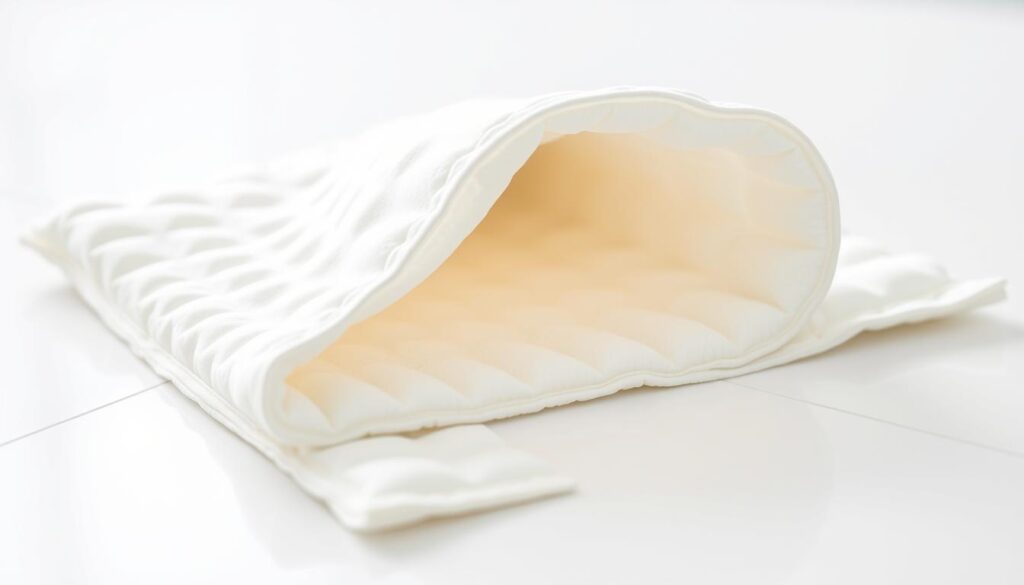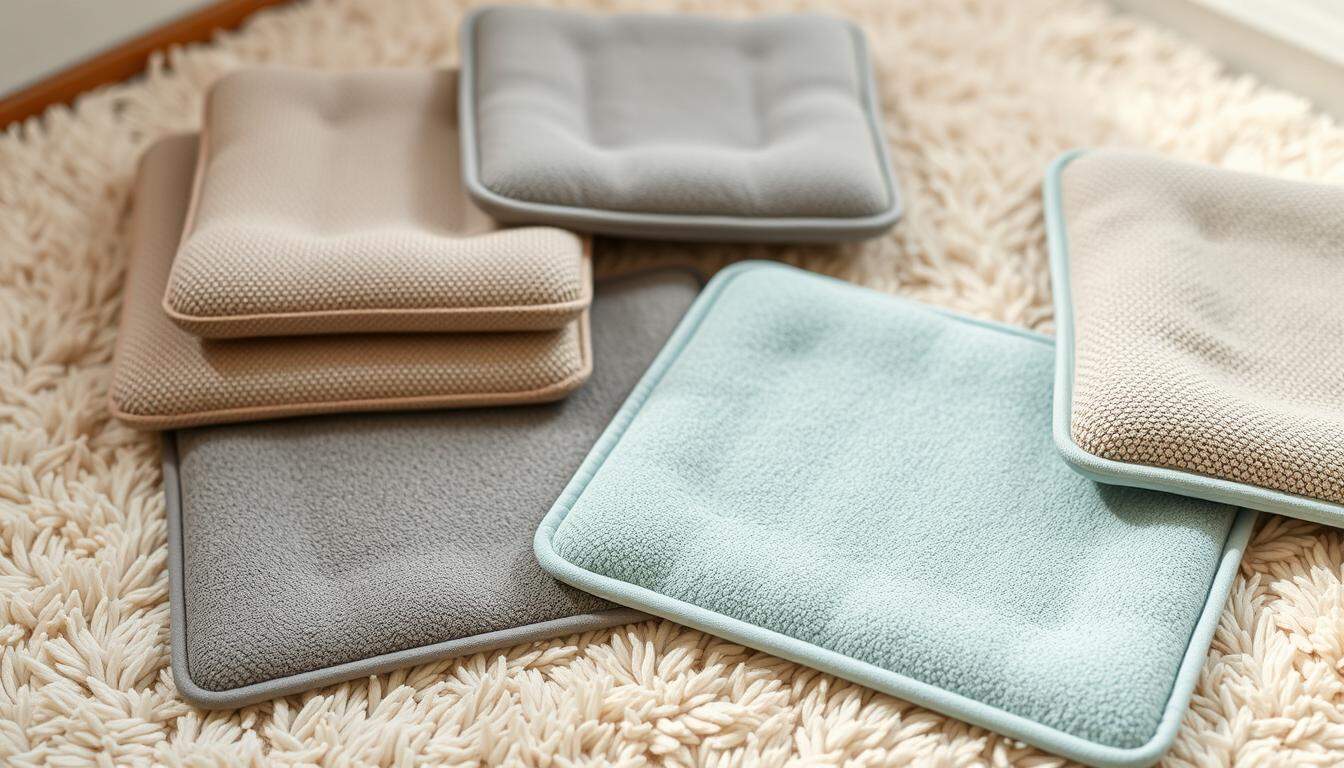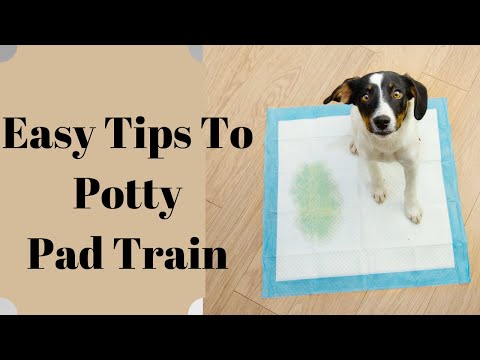The roundup helps readers quickly spot which training pads for dogs match their needs today. It sets clear expectations on performance, value, and current availability so people can shop with confidence.
They will find a friendly breakdown of top options, from first-time puppy guardians to those who already keep a steady stock. Each entry explains absorbency, leak protection, size choices, and odor control so returns and wasted time drop significantly.
The guide also shows which potty pads hold up to heavy use and which suit occasional needs. It covers how pack count impacts daily routines and budgets, plus practical pro tips to cut tracking and protect floors.
Key Takeaways
- Compare absorbency and leak barriers to match household needs.
- Choose size and count to reduce reorder frequency and cost.
- Look for odor control to keep living spaces fresh.
- Some products serve heavy daily use; others fit occasional potty needs.
- Simple pro habits cut mess and speed up puppy progress.
Why training pads for dogs matter right now
Buyers now expect potty solutions that lock in moisture fast and keep the home smelling fresh. Shoppers compare cost per pad and real performance, seeking products that cut waste and last through multiple potty moments.
Fast liquid lock-in and low tracking are top priorities. New puppy owners want visible guidance cues, like attractants, to speed up potty training and reduce accidents.
Adult and senior pets need edge-to-edge absorbency and strong leak resistance. Comfort and odor-neutralizing features often decide whether a brand becomes a repeat buy.
Reliable delivery and clear package counts matter for busy households. Pads that handle moderate duty without constant changes offer better value and fewer midweek store runs.
Commercial intent: what buyers want today
“They want honest performance data and straightforward benefits—no fluff.”
Clear labeling, dependable restocking, and seasonal performance (slippery weather, holidays) round out the short list of buyer needs.
Who these pads are for: puppies, adult dogs, and senior pets
Different life stages and lifestyles call for specific potty solutions that match mobility, schedule, and space. Puppies benefit from a clear target area while they learn. A well-placed pad helps short attention spans and speeds up potty training.
Adult dogs often need a backup option when walks are delayed by work or weather. A compact pad nearby can prevent accidents in apartments and during long days away from home.
Senior pets need softer, highly absorbent surfaces that guard against leaks and limit movement. Caregivers find cleanup easier and joints stay safer when pads reduce slipping and tracking.
Households with multiple pets should plan placement and count to avoid crowding. Mixing pad sizes helps when puppies and seniors live together and supports consistent routines.
Medical recovery, travel, and small living spaces all benefit from easy-storing, reliable pads. The right choice supports both dog training and everyday life, keeping pets comfortable and homes tidy.
How to choose dog training pads: absorbency, size, and duty level
Start by matching absorbency claims to real-life tests. Owners should pick products that spread liquid fast and turn it into a stable gel to cut tracking and odors.
Heavy-duty vs. everyday pads: matching pad to dog and home
Heavy duty options suit multi-pet homes, long workdays, or large output. Look for multi-layer builds and leak-proof edges that resist seepage.
Everyday choices are more budget-friendly for a single puppy or occasional potty events. Smaller packs lower short-term cost and simplify storage.
Time to lock in liquids: quick-dry and leak prevention
Quick-dry design matters; pads that lock moisture in seconds stop wet steps and reduce tracking across the home.
Check edge sealing, slip-resistant bases, and strong plastic liners. Count and pack style also affect value—larger counts cut cost per pad and ease restocking.
Pro tip: Measure spread during a peak event. If liquid hits the border, size up or upgrade to a heavy duty option.
Top pick: American Kennel Club Fresh Scented Dog Training Pads
This pick offers layered protection and scent cues that simplify indoor potty routines.
The American Kennel Club Fresh Scented option uses a six-layer build and a quick-dry gel core to stop leaks and cut tracking across floors. Its fresh-scented, antibacterial surface helps keep areas cleaner between changes.
It includes a built-in attractant to guide a puppy or an unsure adult to the correct spot. The layered design also stands up to circling and light scratching without tearing.
- Six-layer protection with quick-dry gel to lock in moisture.
- Attractant and antibacterial surface for cleaner, faster learning.
- Available in three pack counts so owners can choose trial or bulk options.
Best uses include housetraining puppies and helping older dogs that stay indoors during long stretches or mobility recovery. Note: purchases redirect to Chewy.com and prices may vary.
Editor’s choice: BrilliantPad puppy potty pads for multi-use performance
A clear standout, this pad blends a strong core and slimmer material use for busy households. It aims to cut mid-day swaps and reduce storage bulk without losing absorbency.
5-layer build and leak protection
BrilliantPad uses a five-layer assembly with a bonded, tear-resistant top sheet and a leak-proof plastic base. The sturdy surface resists scratching and circling, keeping the pad intact between changes.
High-capacity polymer core
The polymer middle layer soaks up to 50x its weight, letting a single unit handle multiple potty events in many everyday scenarios. That fast-wicking action locks moisture below the top layer and helps stop wet paws.
Slimmer footprint and price snapshot
This option uses about 33% less material than many standard choices, which eases storage and reduces landfill waste. Typical pricing sits around $19.99–$29.99, offering solid value for multi-use performance.
Pro tip: In multi-dog homes, rotate pads on a predictable schedule so saturation never reaches the edges and surfaces stay protected.
Absorbency and odor control that actually work
Fast absorption paired with real odor neutralizers keeps shared spaces livable between changes. Owners want a surface that pulls moisture down quickly so paws stay dry and floors stay clean.

Fresh-scented, odor-fighting features that keep the home comfortable
Quality pads pull liquid away from the top layer fast, reducing tracking and wet steps. A dry-feeling surface usually means fewer smells and less cleanup.
Look for products that neutralize odors rather than just masking them. That helps sensitive noses and keeps visitors comfortable.
“Swap a pad before edges show dampness — small moves like that prevent odors from building up.”
Keep a regular change schedule based on household usage count. In apartments or multi-pet homes, separate potty and feeding zones to limit cross-odors. For puppy training, consistency in place and praise cuts accidents and lingering smells.
Finally, place a small trash can with a tight lid near the area to contain used pads and stop odors from drifting back into living spaces.
Sizing and count options: getting the right pad and the right number
Picking the right size and count keeps accidents rare and restocking simple. Owners should measure a pet’s stance and splash radius. If liquid reaches the edge, step up a size to avoid leaks.
Calculate a weekly count by multiplying daily potty events by seven. Add a small buffer for guests, bad weather, or schedule changes so they never run out.
Larger pack counts usually lower cost per item and cut last-minute store runs during intense training weeks. If storage is tight, choose slimmer-packaged options that stack flat and dispense quickly.
Homes with pads puppies and seniors can mix standard and XL sizes to match needs. When testing a new brand, start with a mid-size pack to confirm absorbency and odor control before buying bulk.
Keep a small emergency stash separate from daily stock. For travel, pack a foldable mat, a sealed bag for used pads, and a few extra count beyond the expected use. Also confirm tray or holder compatibility so edges stay flush and leaks stay contained.
Eco and design considerations: materials, storage, and waste
Smart design now blends slimmer packaging with real absorbency benefits. This helps pet owners save space and cut trash without sacrificing daily performance.
Material efficiency matters. BrilliantPad uses about 33% less material than many traditional options while keeping a five-layer build with a polymer core and plastic base to prevent leaks.
Smaller packs shrink storage needs in apartments and tight closets. They also reduce the volume sent to landfills when owners choose higher-capacity units that handle more than one potty event.
Slimmer storage and reduced landfill impact
Look for tight edge seals and durable base layers. These simple design tweaks stop seepage and lower the need for extra floor protectors.
Keep pads flat in a dry place to avoid curled corners and sticky holder failures. Use a rotation system—older stock forward, newer stock back—to cut waste and keep supply fresh.
“Trial eco-conscious options alongside your usual choice to confirm they meet absorbency and odor control needs.”
When disposing, fold inward to contain moisture and seal in a tied trash liner. Over time, choosing smarter design and material-efficient products can mean fewer bags, fewer trips to the bin, and a tidier storage area.
Using puppy training pads the pro way
A clear plan for placement, timing, and cleanup speeds puppy progress and protects floors. Small, steady steps make potty training less stressful and more reliable. The goal is a tidy space and a confident pet.
Placement, timing, and transitioning
Place a pad in a quiet, consistent spot away from feeding and sleeping areas to build a strong cue. Start a predictable schedule: first thing, after meals, after play, and before bed. Use a simple verbal cue and praise right after success.
To move outdoors, shift the pad toward the exit over several days. Then place it outside to bridge the change. Reduce indoor frequency slowly as outdoor reliability improves to avoid setbacks.
Cleanup routine to reduce tracking and protect floors
Put a tray or waterproof mat beneath the pad to catch overflow and stop slipping during quick exits. Keep wipes and a lined bin nearby for fast disposal and surface refresh.
If accidents happen off the spot, clean with an enzymatic solution to remove scent markers. Rotate pads before they reach saturation to prevent wet paws. If a pet starts scratching or bunching the surface, switch to a sturdier top sheet or use a secure holder to keep coverage intact.
Pro tip: A tidy change routine and small preventive steps cut odor, tracking, and extra cleanups—so training moves forward with less friction.
Where to buy and value tips
Choosing where to buy affects price, delivery speed, and the ease of swapping sizes. For American Kennel Club Fresh Scented training pads, note that purchases redirect to Chewy.com and prices may vary; pick the pack count that matches weekly use and storage. BrilliantPad puppy options usually range $19.99–$29.99 and suit multi-use routines—calculate cost per use to compare value across items.
Watch for bundle deals, subscribe-and-save offers, and seasonal promos to lower per-unit cost during potty training. Balance price against features like leak-proof bases and quick-dry cores; those often cut cleanup time. A simple pro tip: set a reorder reminder based on average weekly consumption and keep a small backup stash for travel or last-minute needs.




